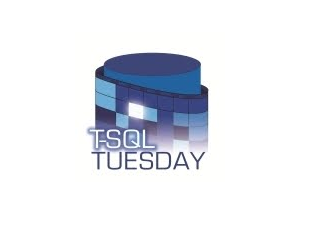Data Community Events

Last week, I had hoped to go to SQLBits conference in London but a variety of factors meant I could really only attend the Saturday morning sessions (and virtually at that). I’ve really missed Data Community Events like SQLBits and others.
I wanted to go because I’ve been slightly disengaged from the data community for a year or so, probably due a combination of factors such as lockdowns, zoom fatigue and a few speaking knock backs in the last year which dented my confidence a bit. However I wanted to at least attend SQLBits in part, in the hope it would inspire me and kick start some new blogging and possibly presenting opportunities. I’ve had some great times attending and presenting at data community events in the past such as at DataGrillen, DataScotland, and SQLBits and I knew it would be worth the effort to get back into the swing of things.
Just attend some sessions and take it from there
Attending sessions where you know little or nothing of the subject matter can be extremely rewarding.
I’m glad I did. The sessions I attended were all extremely enlightening and I enjoyed following along. One thing that immediately came back to me is that attending sessions where you know little or nothing of the subject matter can be extremely rewarding. These sessions serve to keep you informed of the overall technology trends and who is doing what. For example, I won’t have much opportunity to use Azure Arc in the near future but it’s been around long enough that I can’t ignore it completely. Attending Ben Weissman’s 20 minute taster session was just enough and it gave me some ideas about how it could be used in co-ordination with our on premises environment. I also really enjoyed learning about the developments to SQL Managed Instance since I last used them over a year ago. Some of the improvements released during the previous 12 months could actually make it a far more viable product for my company.
Keep it going
Thursday night (17th March 2022) sees the the latest meeting of the Glasgow Data User Group. I will make a point of attending, even although the speaker is discussing ETL in the cloud which is not a big area of professional interest for me, I know I will learn something and I hope it will entertaining as well as informative. Plus it will be good to see some old faces, albeit we are still remote.
12 blog posts
I committed to 12 blog posts this year, this one can serve as #1 and it gets me started. Hopefully by attending many other events, I can find the inspiration needed to get back to creating my own content and keeping up with developments in the data community. As well as keeping up with old friends.
